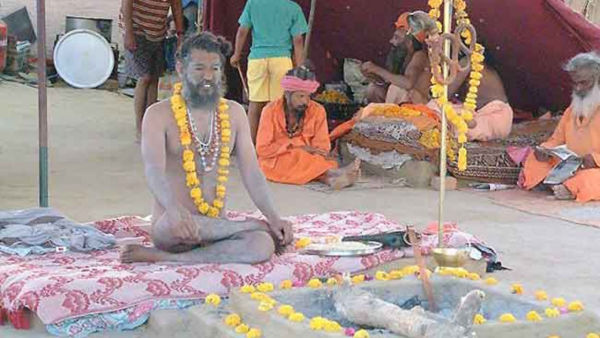
Maha Kumbh 2025: The organization of Maha Kumbh has started and during this time lakhs of people from all over the country come to participate in this religious fair with devotion and faith. Kumbh Mela is especially known for Naga Sadhus. These sadhus are famous for their distinct identity, who come to Kumbh in their naked state, with ash on their body and long matted hair. But where do these sadhus go once the Kumbh is over, this is a big question. Let us know how is the life of these sadhus after Kumbh and where do they go.
Most of the Naga Sadhus in Kumbh Mela come from two major Akharas. The first Akhara is Mahaparinirvan Akhara of Varanasi and the second is Panch Dashnam Juna Akhara. Sadhus of both these Akharas participate in organizing Kumbh. These sadhus have a trident, Rudraksha rosary, ashes and sometimes animal skin wrapped around their bodies. Their main duty is to take part in the royal bath before Kumbh. After this other devotees are allowed to take bath. During the Kumbh, these sadhus remain naked, but as soon as the Kumbh is over, they wear Gamchha and go to their ashrams.
Naga Sadhus call their naked form 'Digambara', which means – 'bed on earth and covering the sky.' This is the reason that these saints are in their Digambara form only during Kumbh.
After Kumbh, Naga Sadhus return to their respective Akharas. Here he gives meditation, spiritual practice and religious education. Many sages go to the Himalayas or other secluded places and perform penance. They perform rigorous penance, due to which they become physically and mentally strong. Some sadhus earn their living by eating fruits and flowers and keep Bhabhut (ashes) wrapped on their body.
After Kumbh, many Naga Sadhus also stay at major pilgrimage sites in India. Prayagraj, Nashik, Haridwar and Ujjain are prominent among these places. Here these sadhus continue their religious journeys and also initiate people.
The life of Naga Sadhus is full of penance, meditation and religious activities. They live their lives according to their beliefs and convictions while staying away from society. During Kumbh, their existence is the center of attraction for everyone, but after Kumbh, their life becomes completely dedicated to sadhana and penance.